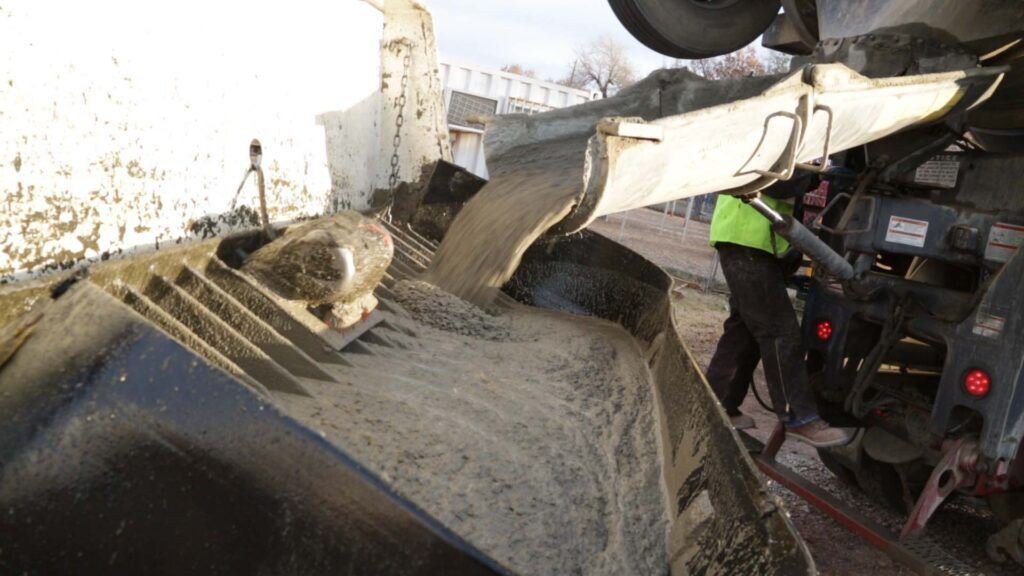R-Value Part 4: Is More Insulation Better?
Part Four: Is More Insulation Better?

In the previous sections of our deep dive into insulation, we’ve covered the basic types of insulation, discussed the properties of ICFs, and talked about the difference between actual and performance R-value. Now let’s take a look at the wizard behind the curtain, the secret sauce, the ICF MVP… concrete. Concrete doesn’t really add any R-Value, but what it does is resist changing temperature. It requires a lot of energy to change the temperature of concrete. Think about a concrete sidewalk after a hot summer day. That concrete will radiate heat and is still warm to the touch several hours into the night.
Why is this important?
ICFs are a sandwich with really great insulation on both sides of a really strong concrete core that doesn’t change temperature unless a lot of heat is applied to it. So how does this sandwich stack up? A standard ICF wall will deliver performance R-Values R-45 to R-55 depending on the climate zone. The colder the climate or the more extreme swings, the better ICFs perform.
But how?
Building Codes know there is a true difference between cavity walls and mass walls. Therefore, there are separate requirements for each. ICF mass walls are nearly airtight and have a built-in class II vapor barrier. This means no air leaks through the wall and the elimination of an additional vapor barrier, saving on labor and cost. ICF mass walls actually have lower minimum insulation requirements because the actual performance is so high.
Is More Better?
We’ve established that ICFs are more effective than wood. So naturally the ICF form with the thickest foam panels is the best option, right? Not necessarily. When you take a look at actual insulation performance, especially in a concrete mass wall, beyond R-22 the benefit becomes negligible. Just like a sponge can only hold so much water before it stops being effective, insulation by itself works the same way. You will very easily reach a point where your home expends more energy heating water than it does to heat or cool your home.
Beyond R-22 the homeowner isn’t going to see or feel drastic benefits, especially when compared to the added cost of thicker blocks. The latest industry testing by the ICF Manufacturers Association used a standard 2.5” panel and proves the wall delivers more than sufficient insulation, even at the test temperature of -35°C.
When it comes to ICF form thickness, some people will tell you “more is better”, but science has proven that at a certain point, more is actually about the same. ICFs exceed current and future insulation code requirements and provide drastic advantages over any other type of insulated construction.
Making an Educated Purchase
There are several quality products to choose from when building your ICF structure but don’t be fooled by marketing tricks saying that you need an ICF with thicker panels. The 5″ of insulation on BuildBlock ICFs make for an incredibly efficient wall without the added cost associated with thicker forms.
If you’d like to see the rest of the posts in the series you can find them on our blog or listed below.
We hope this discussion around insulation has been fun and educational. For more information on BuildBlock products click here. To learn about the ICF construction process, register for our free online training course here.
